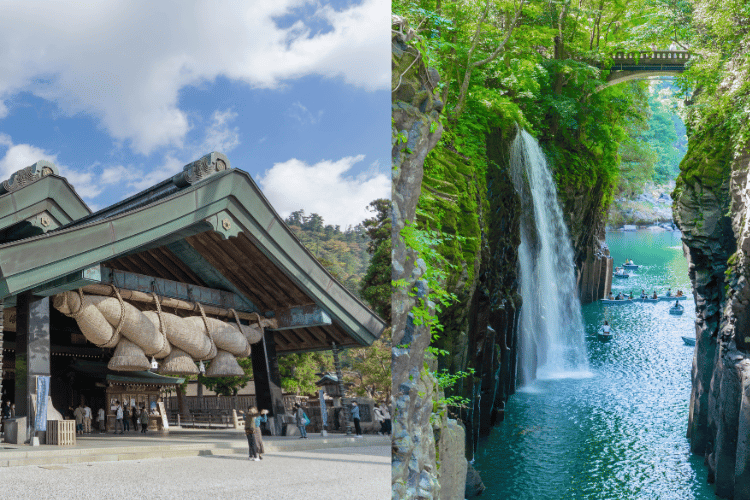A Legacy of Art and Vision
The museum was founded by Nezu Kaichiro, a visionary businessman and art collector who believed in the importance of preserving East Asian heritage. His private collection of paintings, calligraphy, ceramics, metalwork, and more laid the foundation for the museum, which opened in 1941 under the guidance of his son.
Despite suffering damage during World War II, the collection miraculously survived. Today, the museum houses over 7,400 works, including:
- 7 National Treasures
- 87 Important Cultural Properties
- 94 Important Art Objects
These include masterpieces from Japan, China, Korea, and other parts of Asia, spanning centuries of artistic achievement.
A Garden That Tells a Story
One of Nezu Museum’s most beloved features is its Japanese garden, a lush, peaceful retreat that includes stone lanterns, teahouses, and seasonal blooms.
Whether you're sipping tea at the museum café or strolling through the winding paths, the garden offers a moment of serenity and reflection.
Why Visit Nezu Museum?
- World-class collection of East Asian art
- Architectural elegance by Kengo Kuma
- Peaceful Japanese garden in the heart of Tokyo
- Cultural immersion into Japan’s artistic legacy
- Perfect for art lovers, history buffs, and quiet seekers
Whether you're spending a day in Tokyo or planning a deeper cultural journey, Nezu Museum offers a rare blend of history, beauty, and tranquility.
Takeaway
Why Nezu Museum Is a Must-Visit in Tokyo
- World-class East Asian art collection, including National Treasures and Important Cultural Properties
- ️ Architectural elegance by Kengo Kuma, blending tradition and modernity
- Serene Japanese garden with teahouses and seasonal beauty
- Central Tokyo location, yet peaceful and uncrowded
- ️ Perfect for art lovers, architecture enthusiasts, and those seeking quiet reflection
FAQ
Where is Nezu Museum located?
In the Aoyama district of Tokyo, near Omotesando Station. It’s easily accessible by subway.
What kind of art does the museum feature?
The museum showcases East Asian art, including Japanese, Chinese, and Korean works—paintings, calligraphy, ceramics, metalwork, and textiles.
Is the museum suitable for non-Japanese speakers?
Yes. Many exhibits include English descriptions, and the layout is visitor-friendly.
Can I visit the garden without entering the museum?
No. Garden access is included with museum admission, and it’s well worth it.
How long should I plan for a visit?
Around 1.5 to 2 hours to enjoy both the exhibits and the garden at a relaxed pace.











.png)

.jpg)









